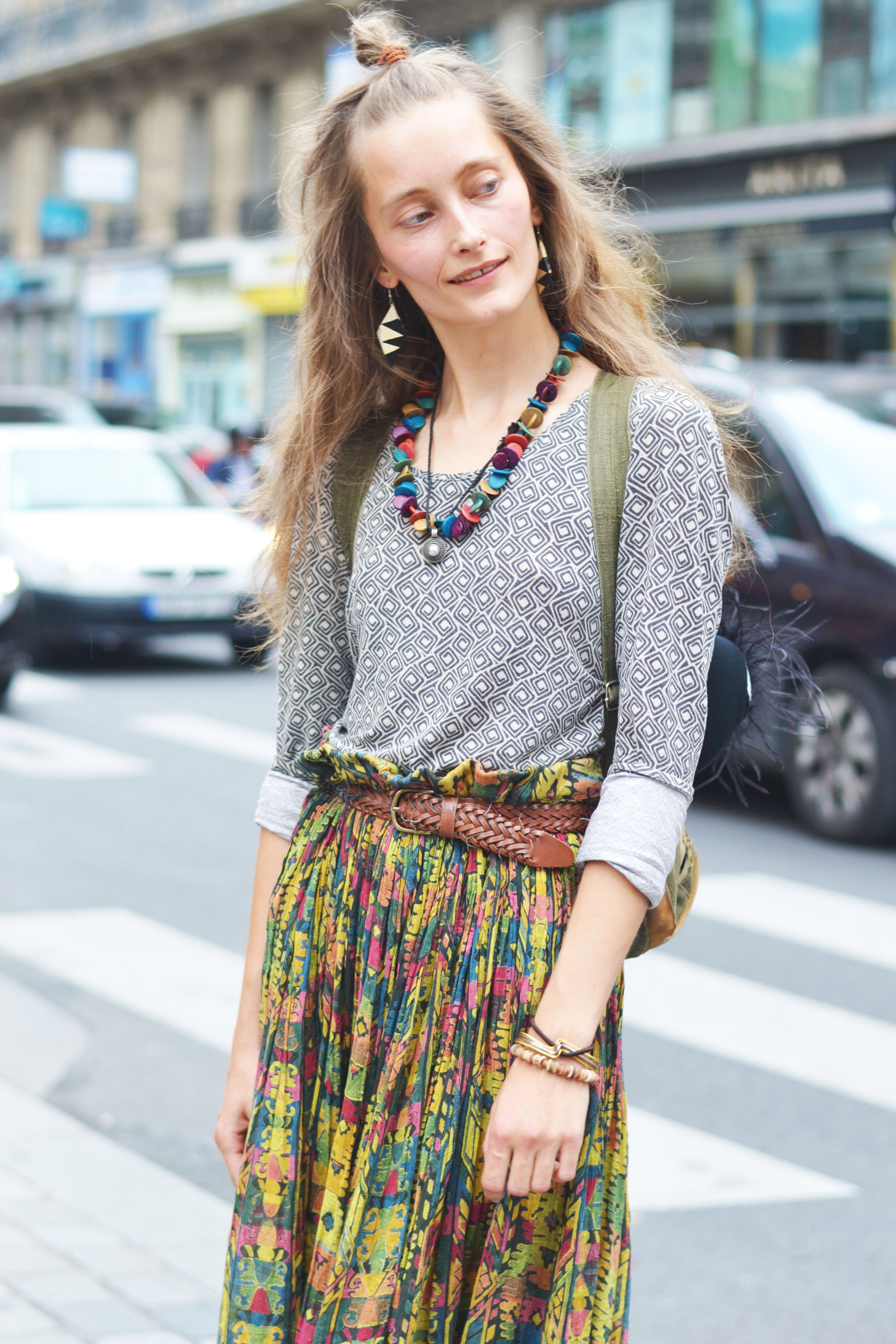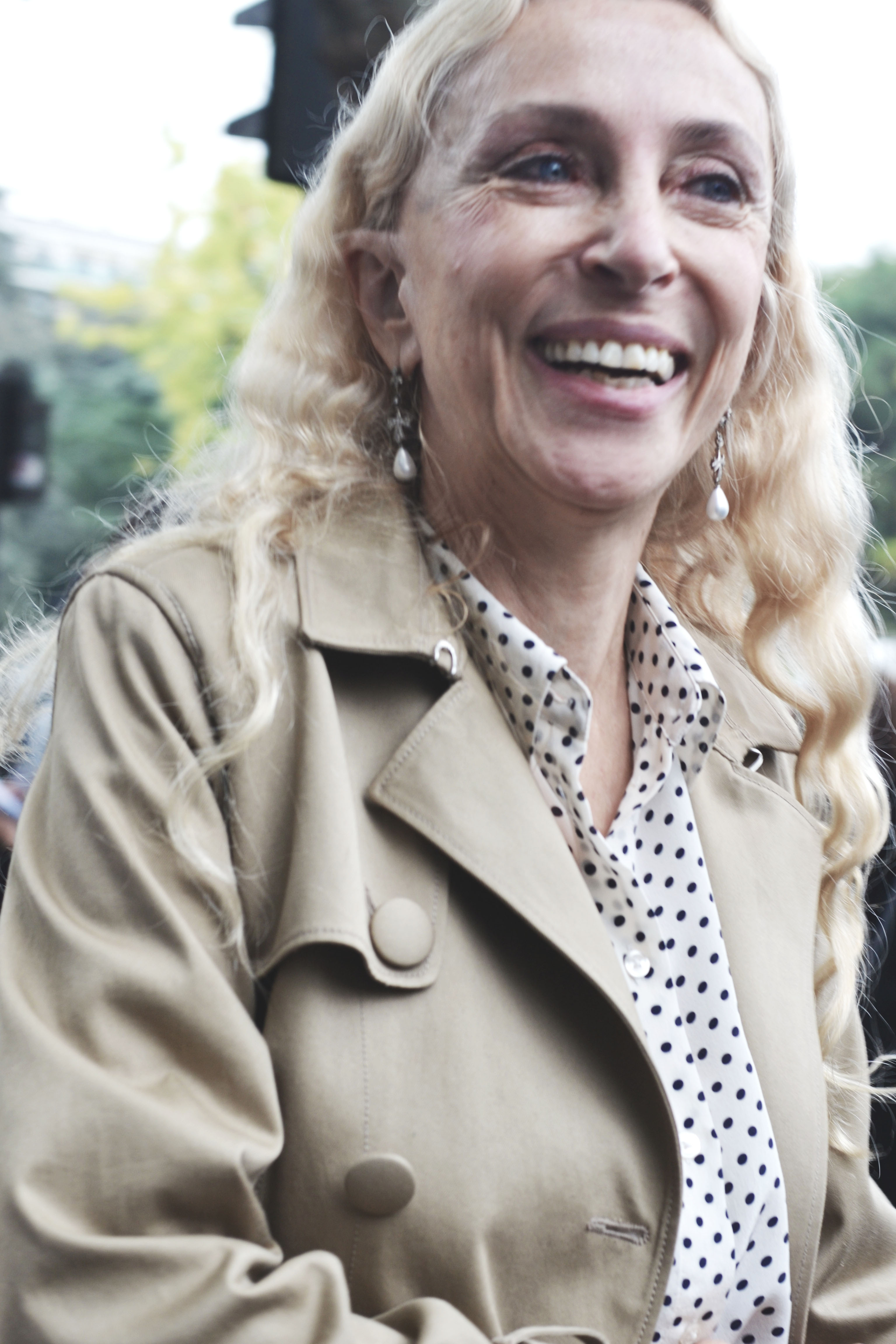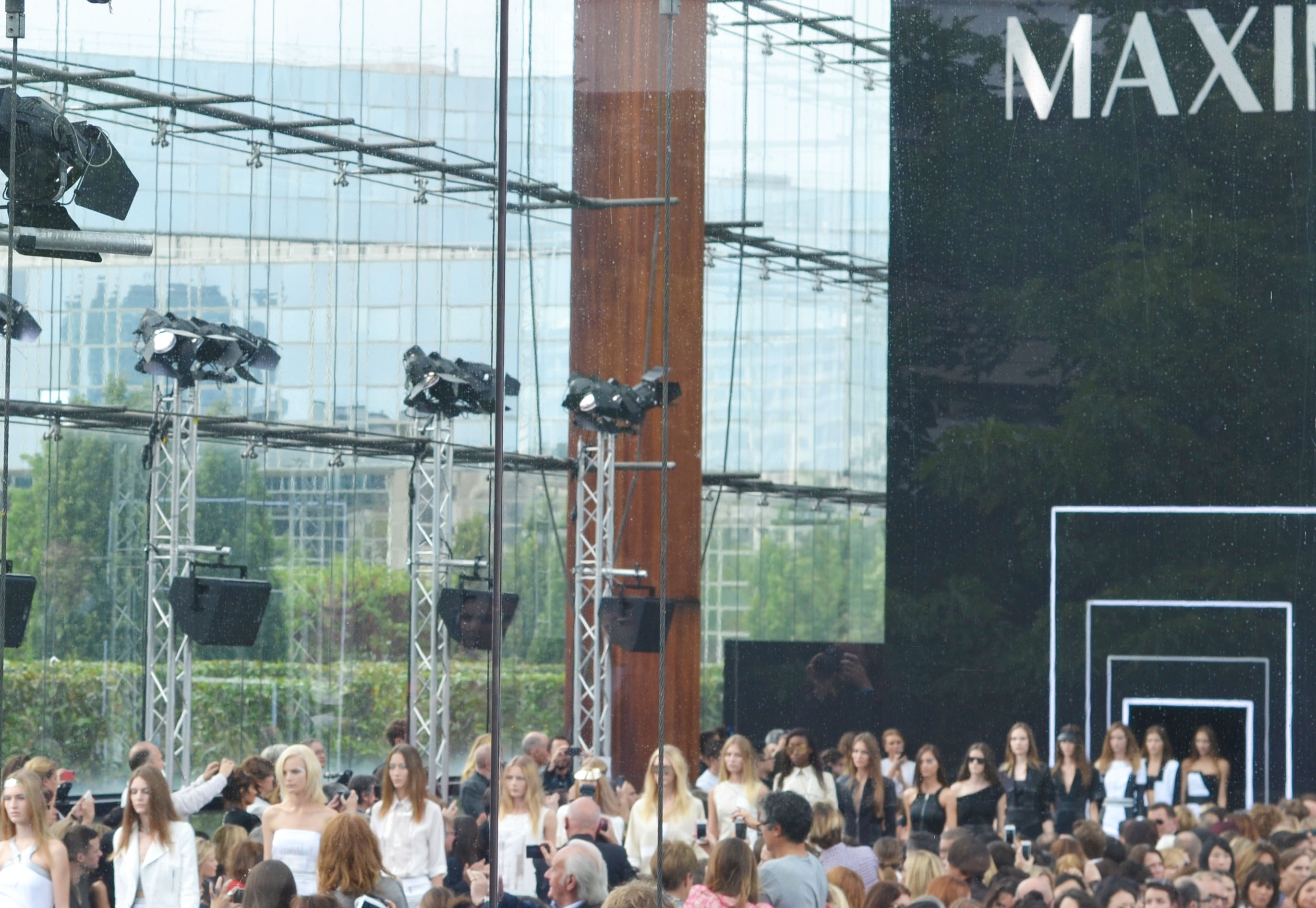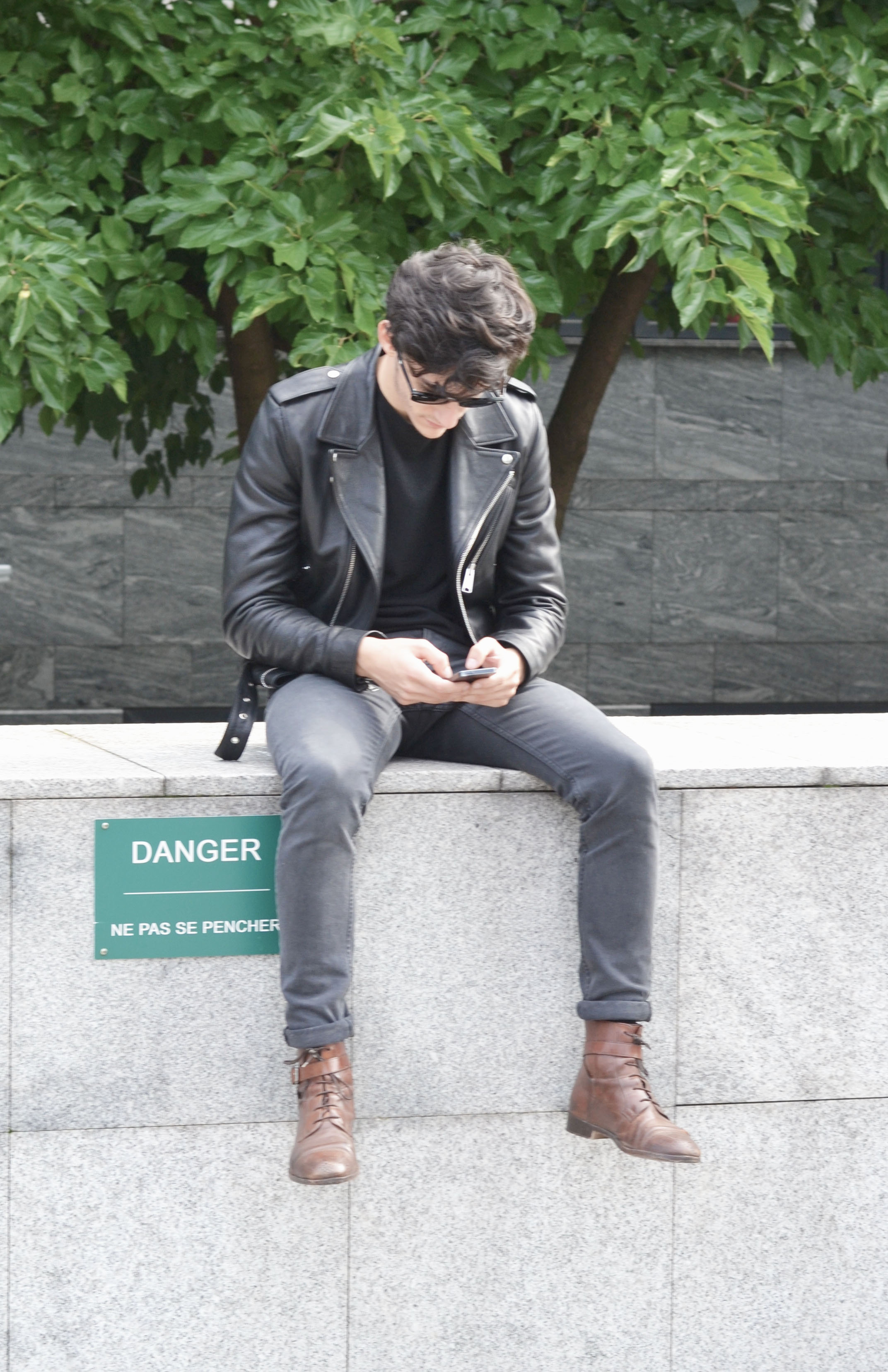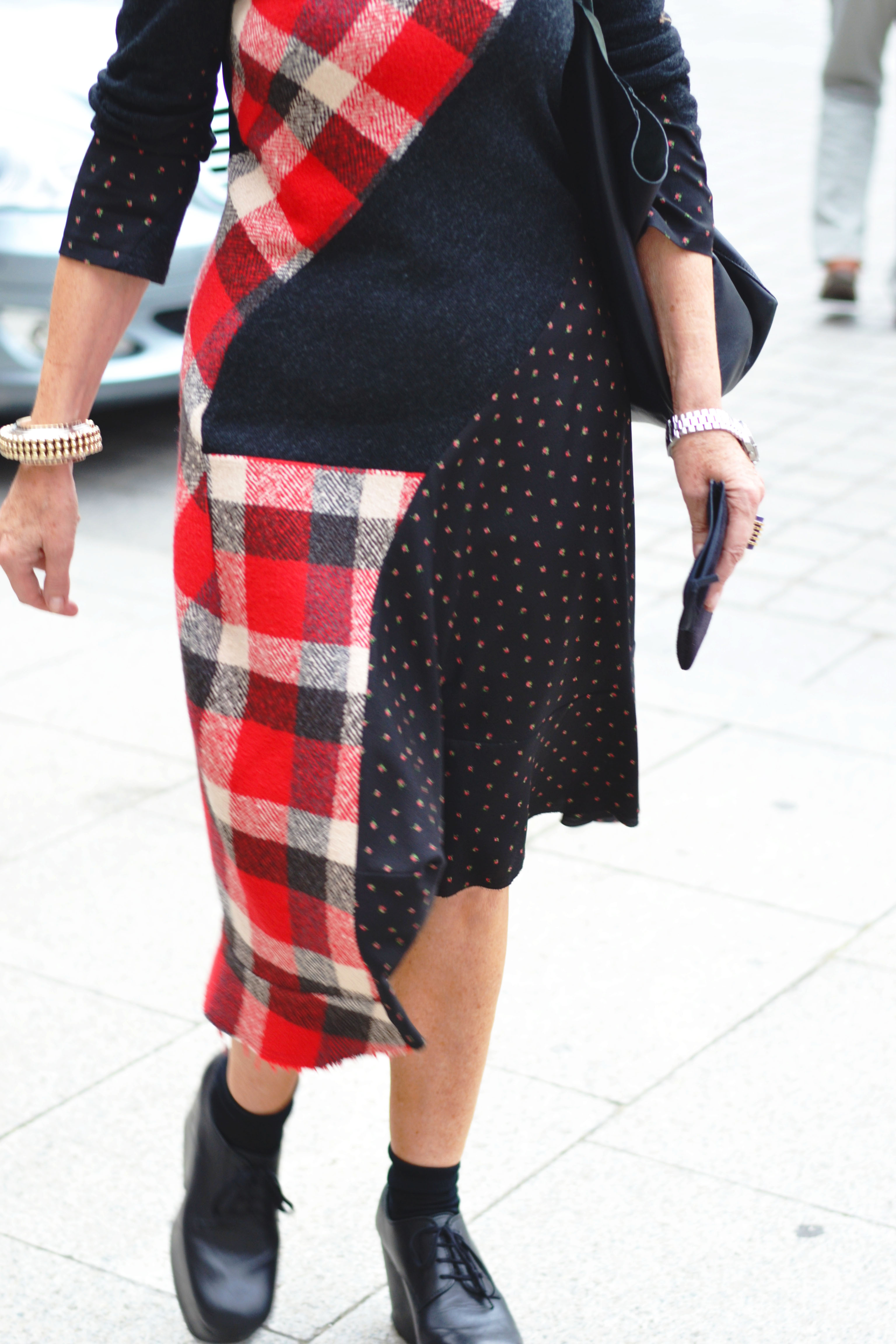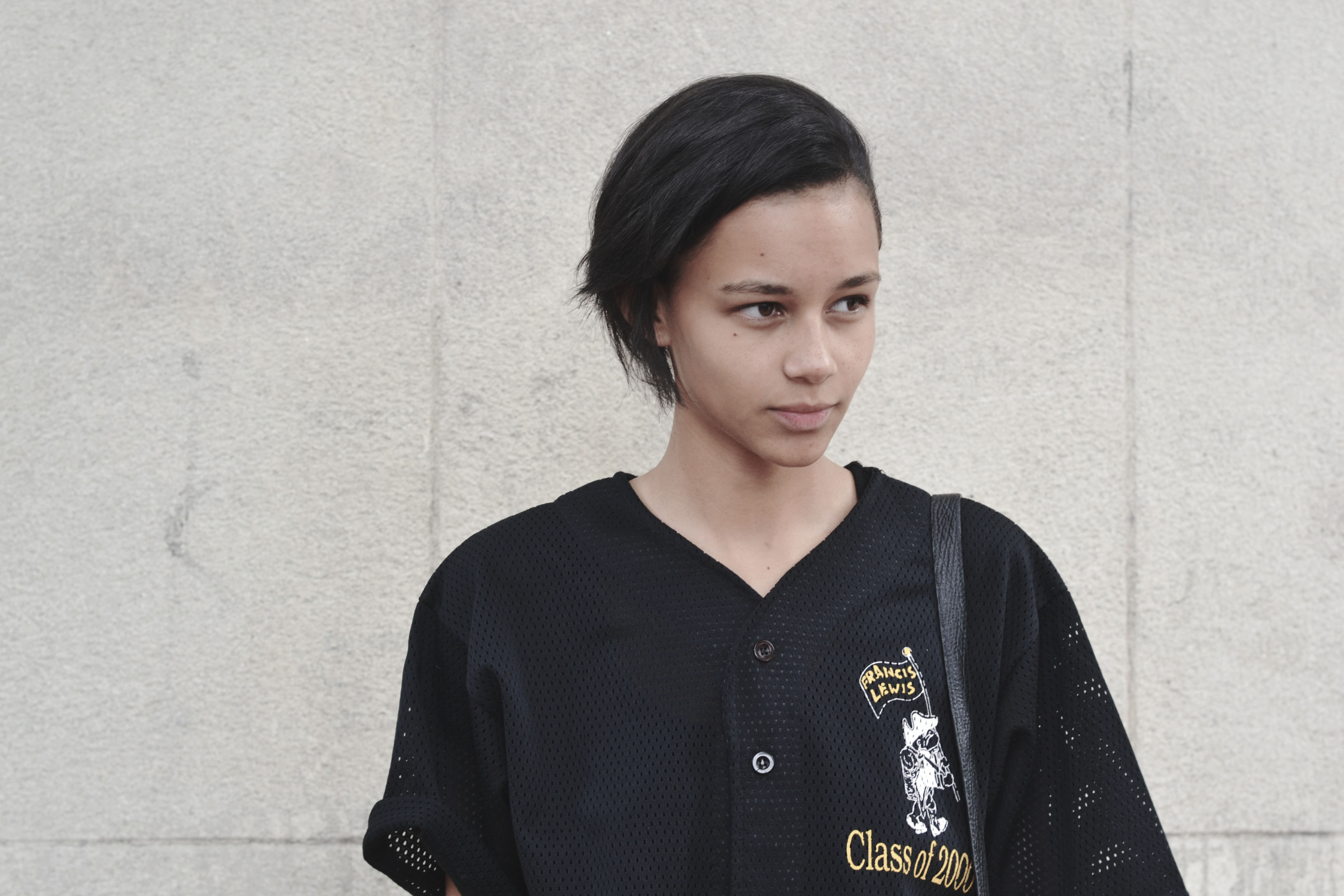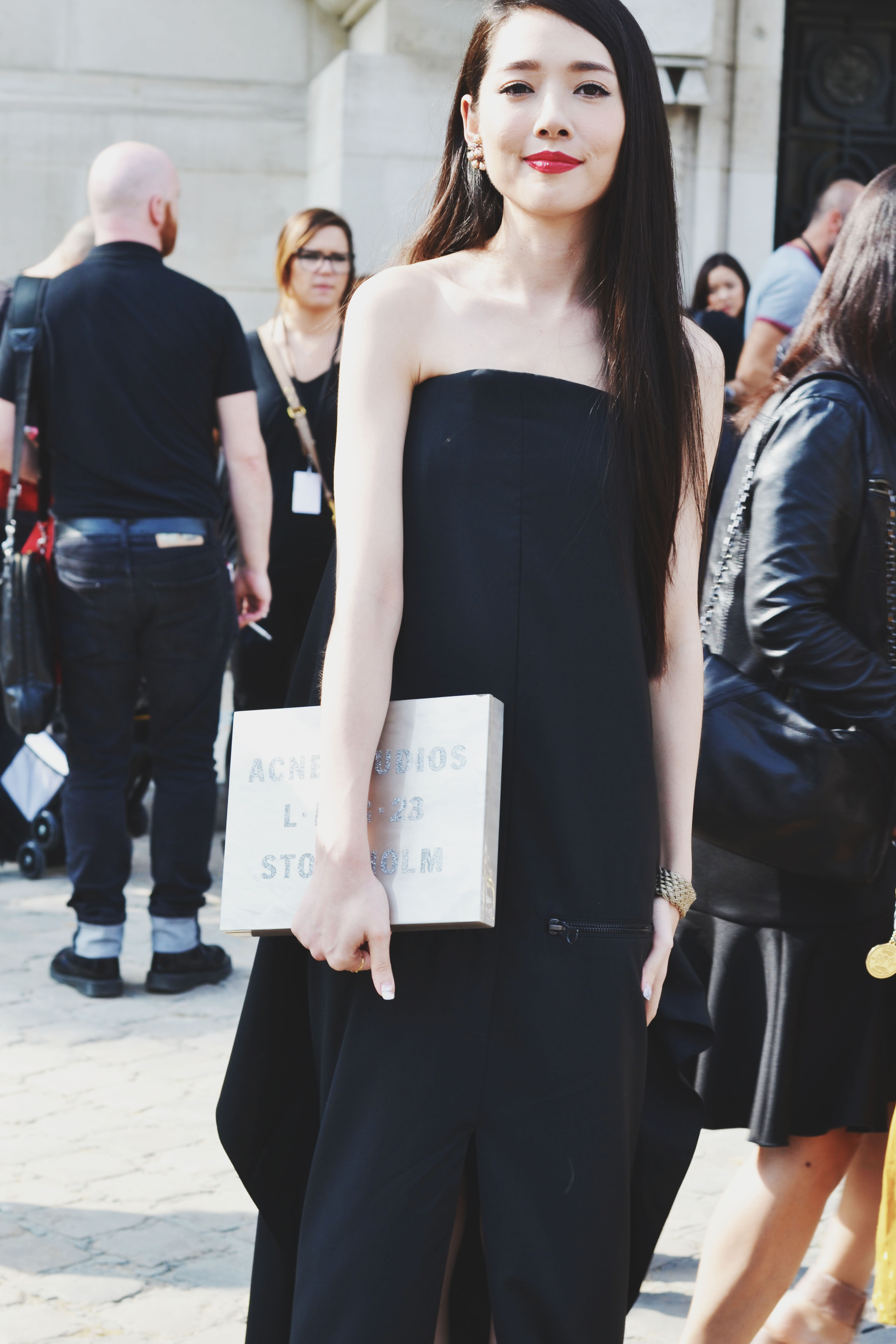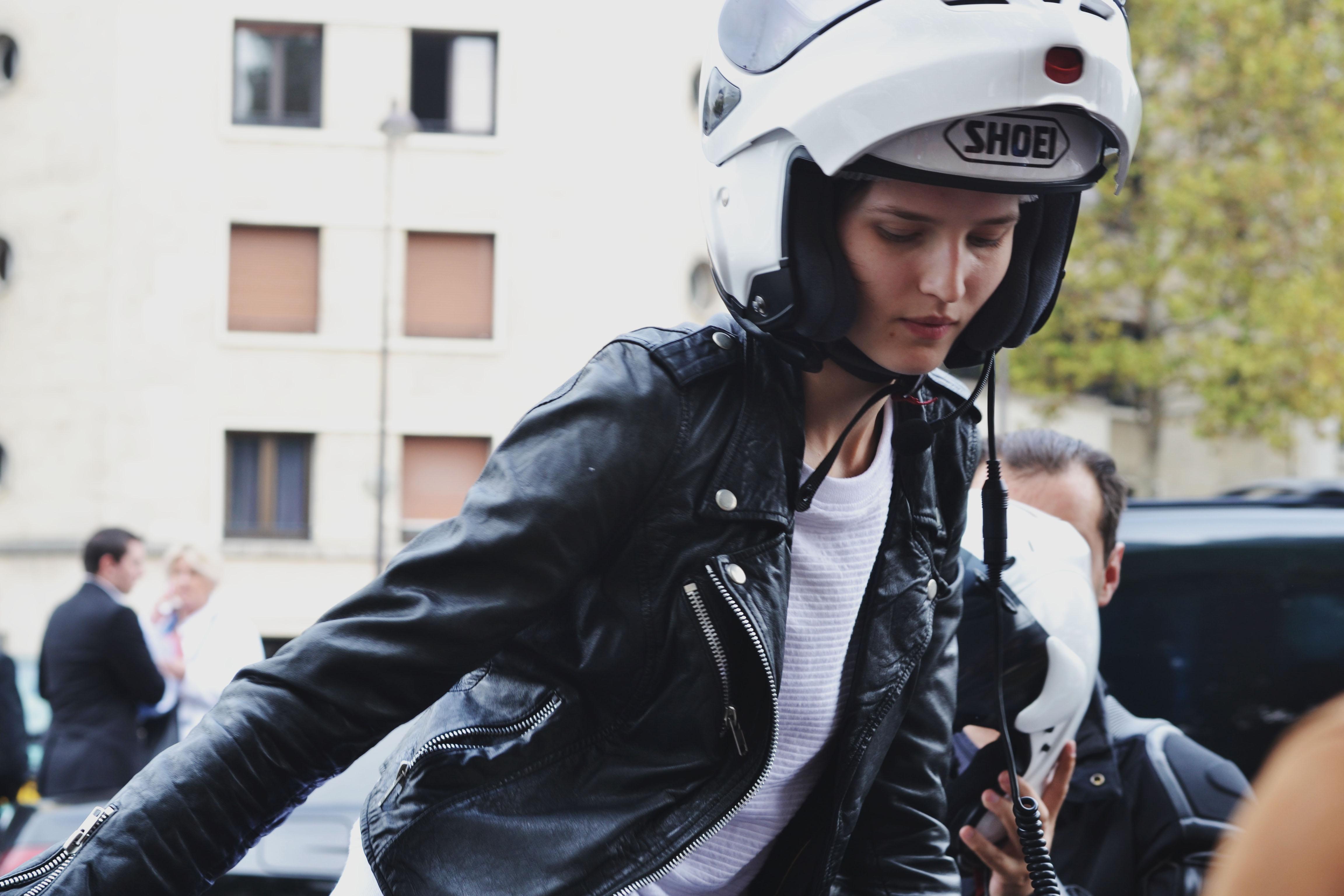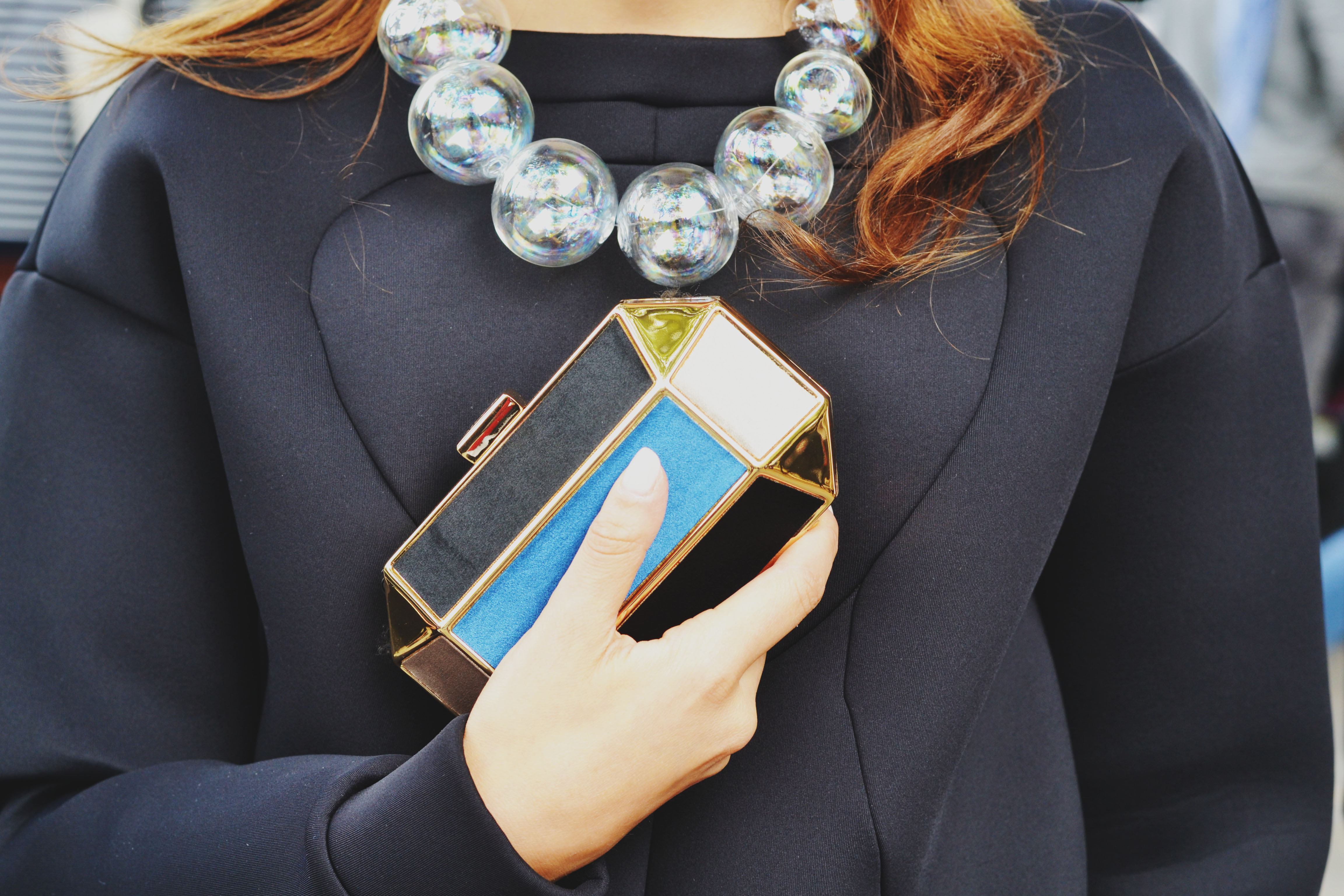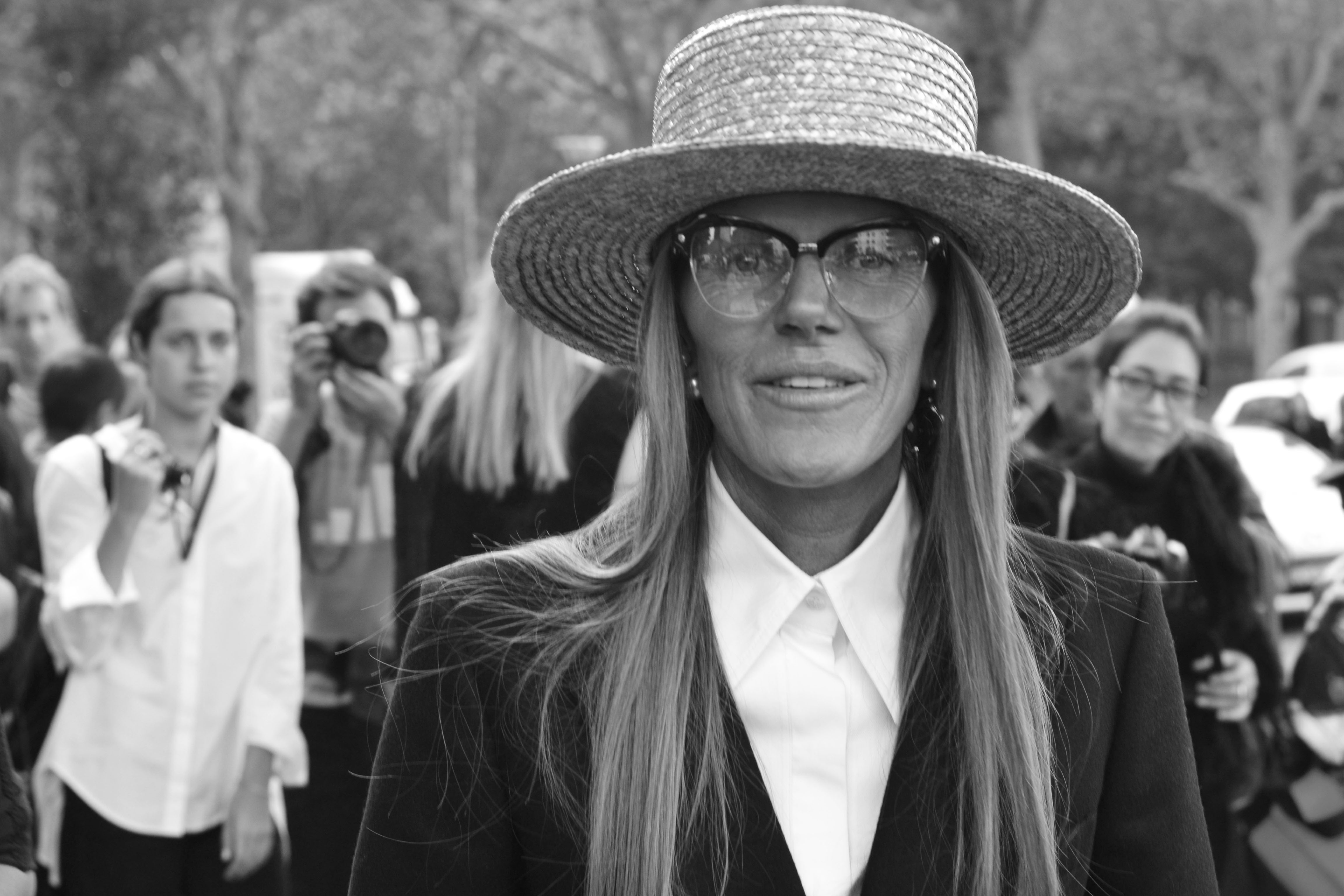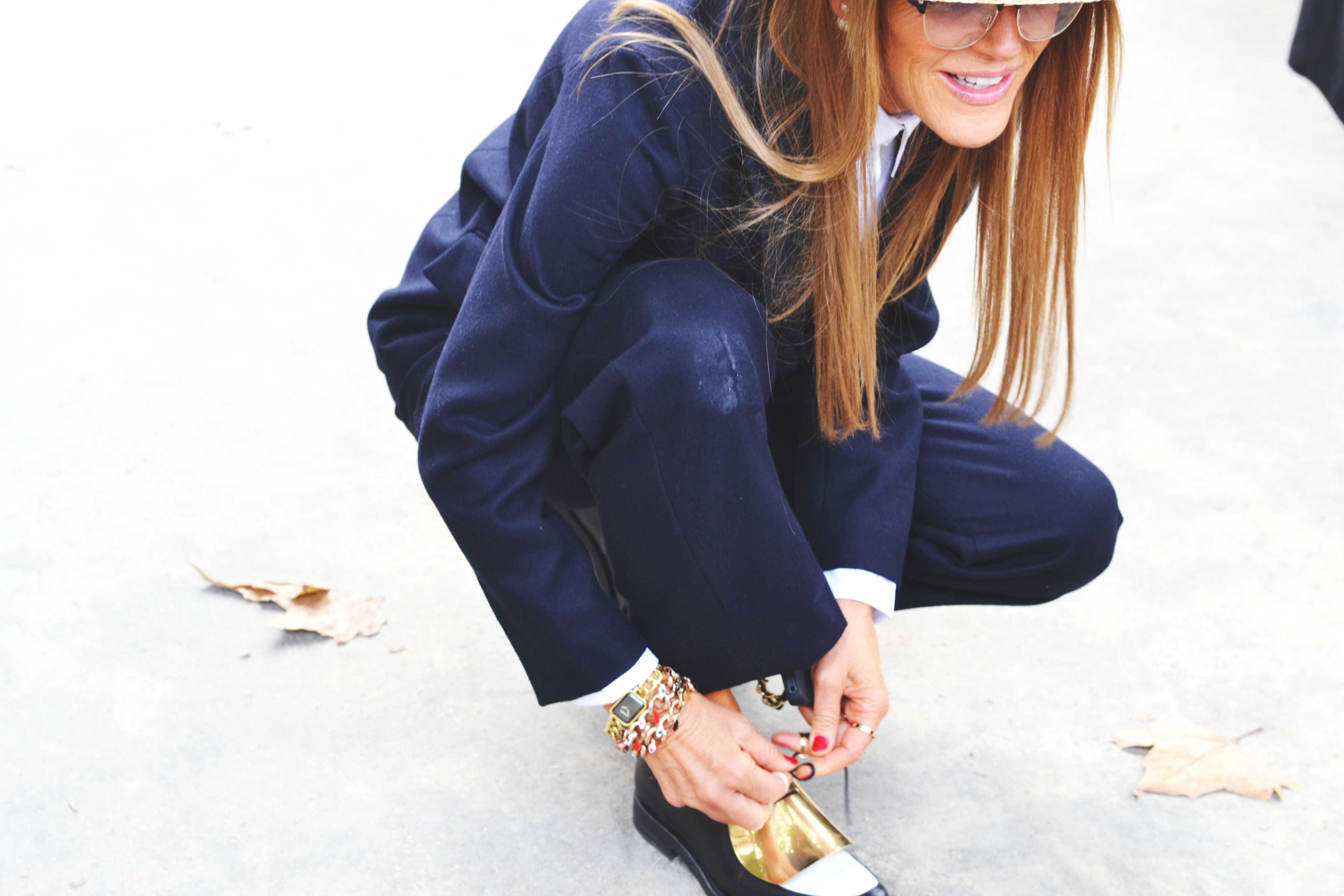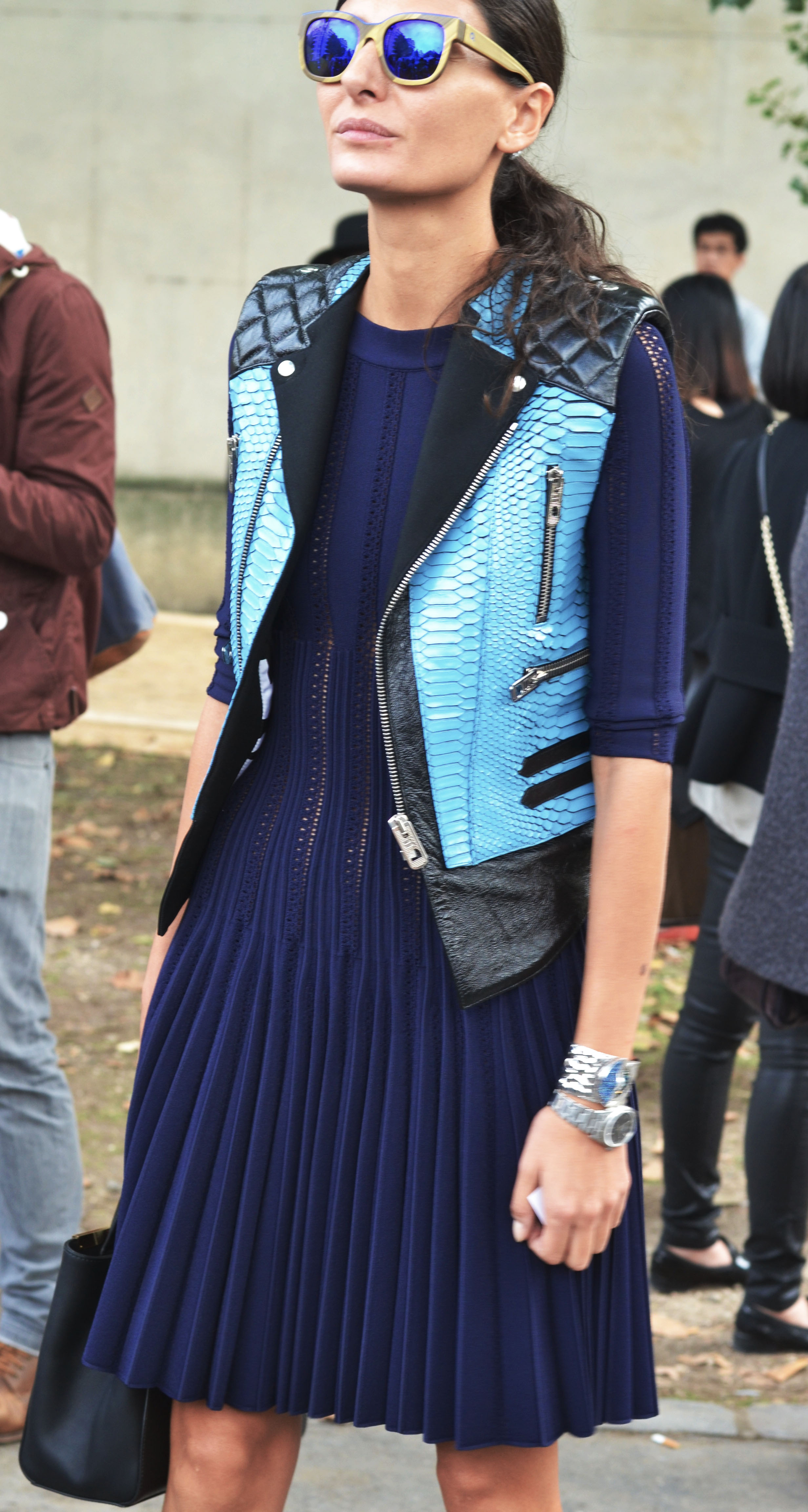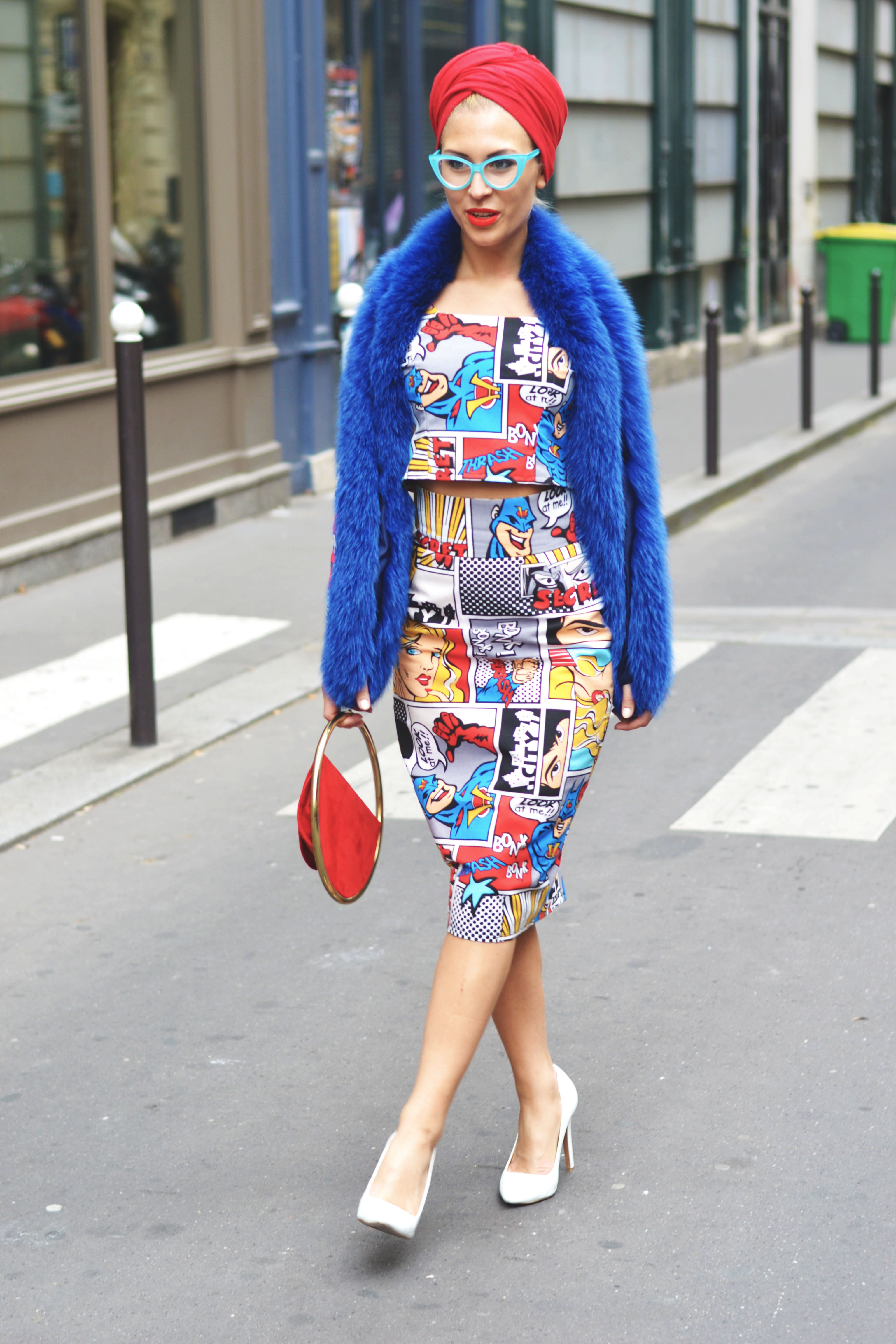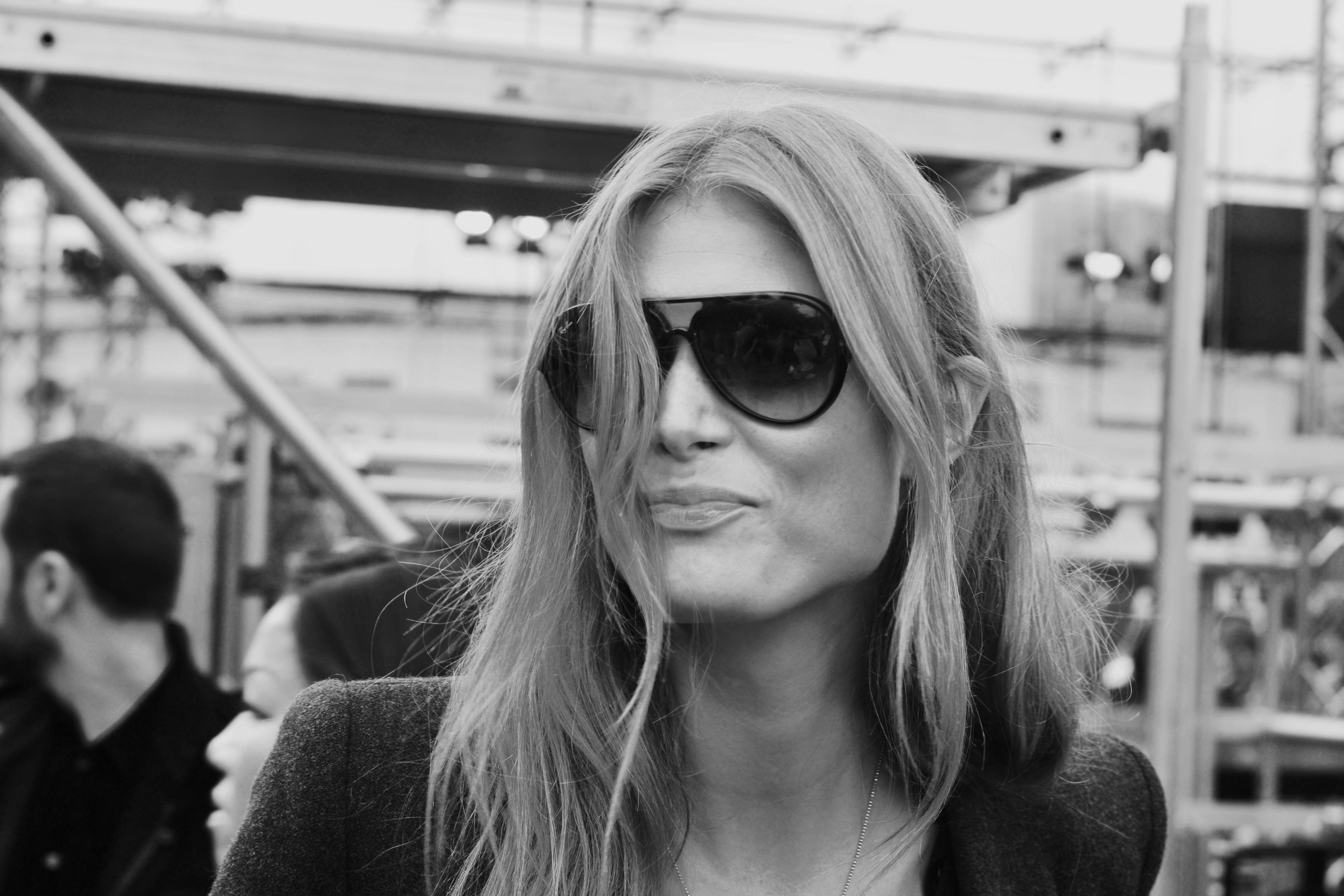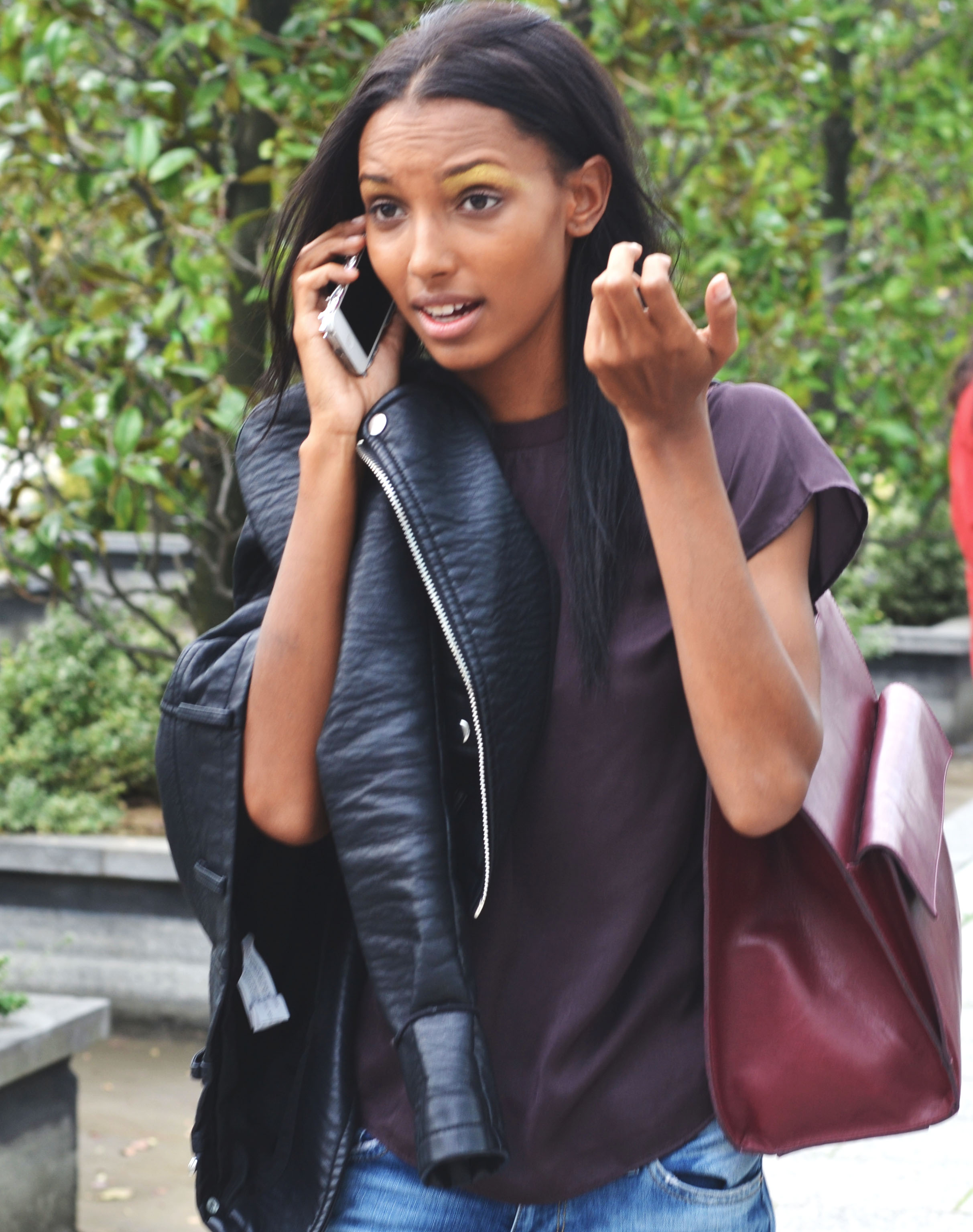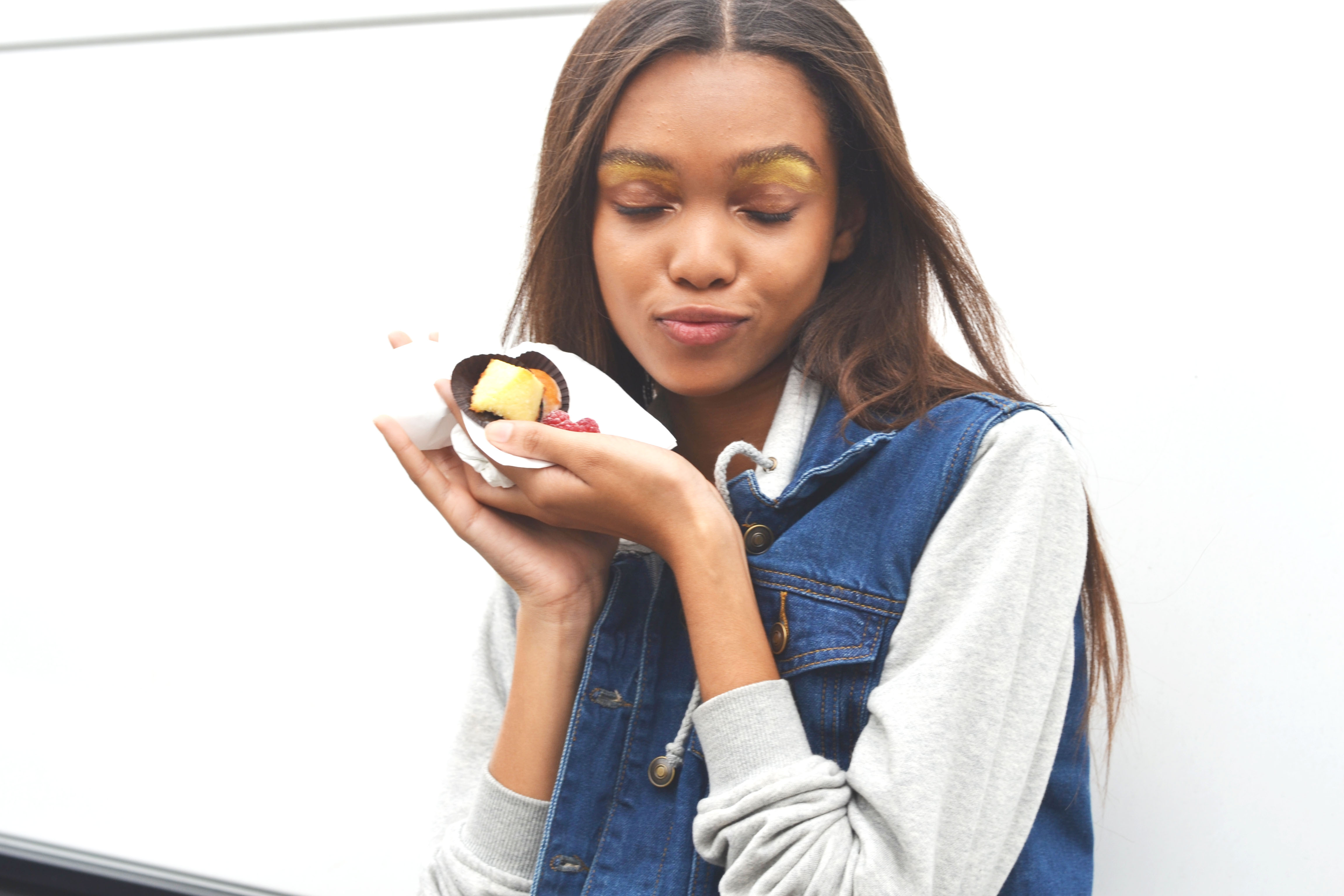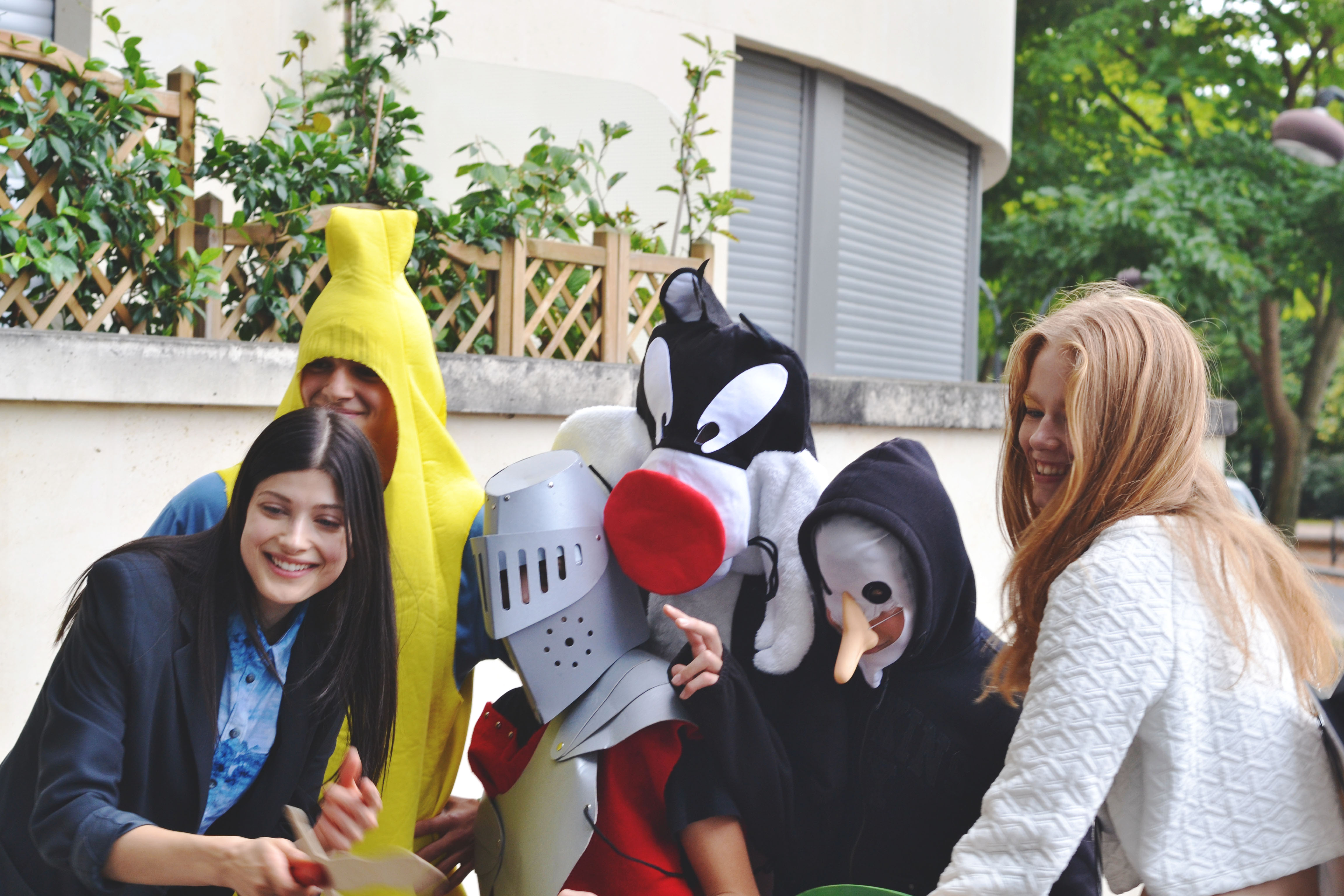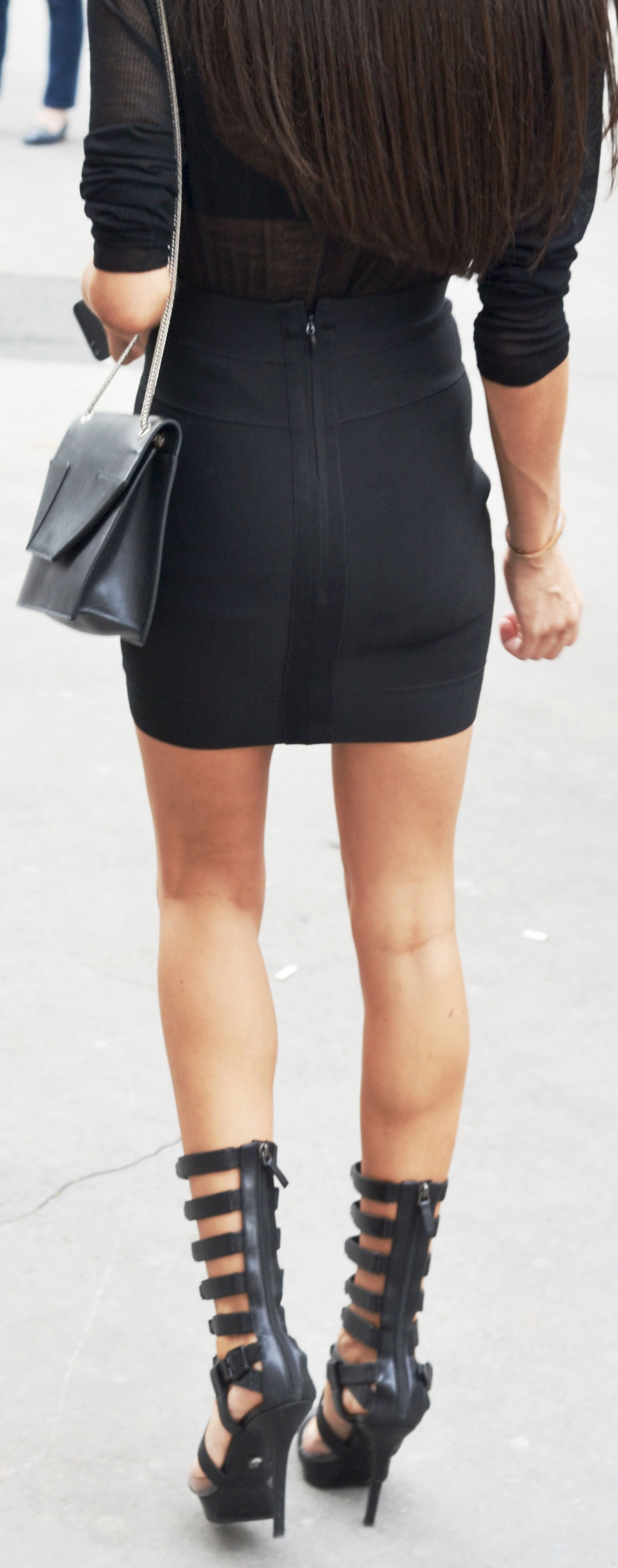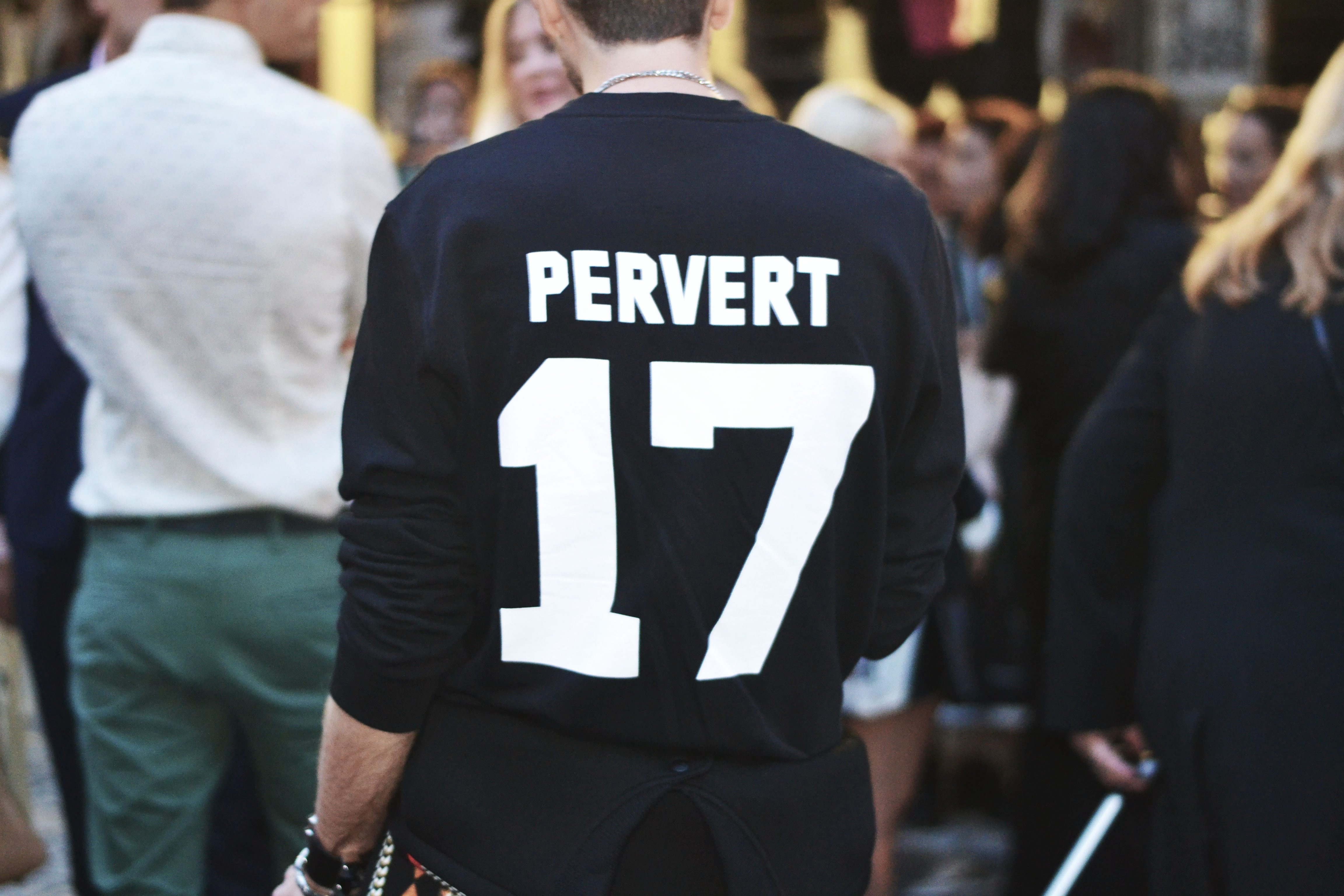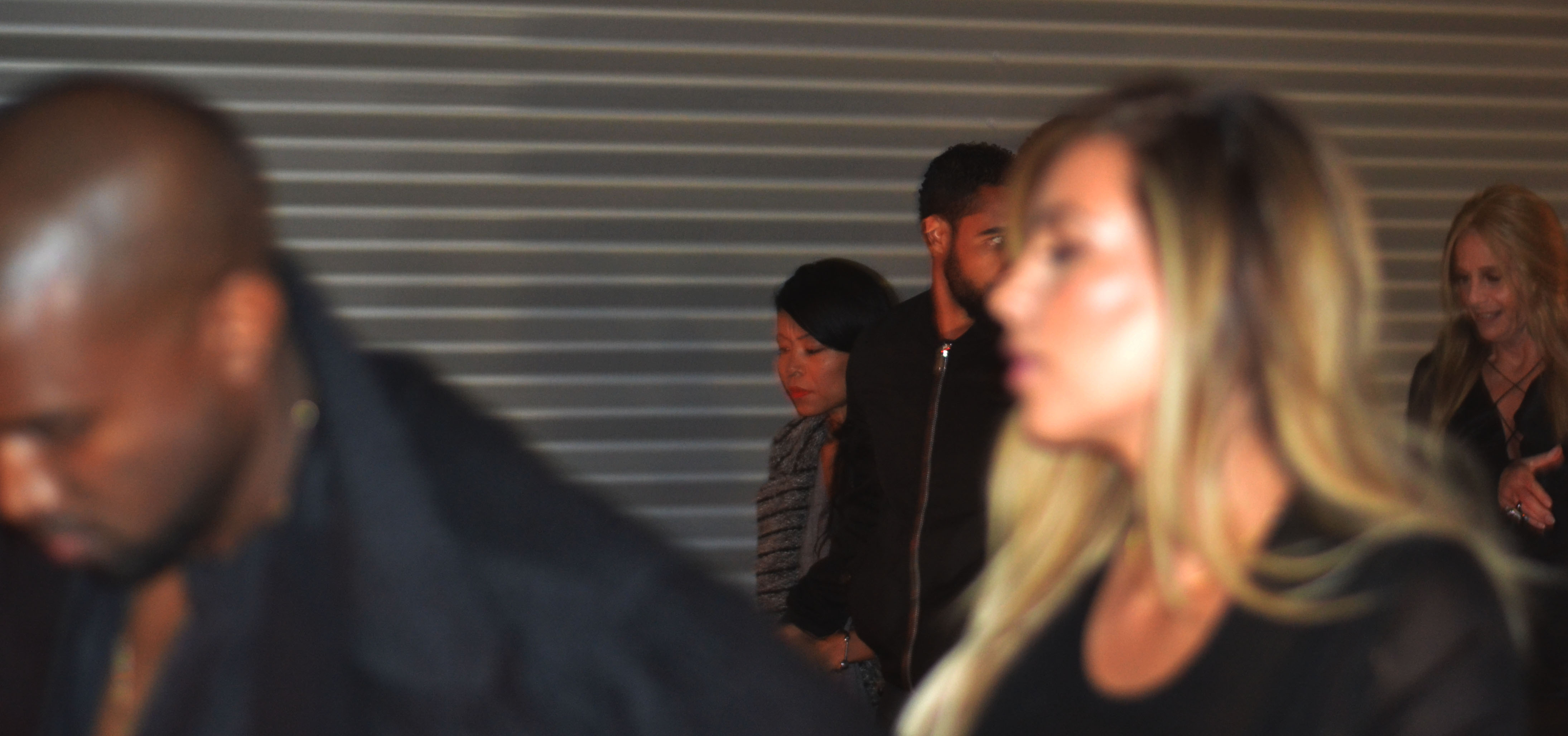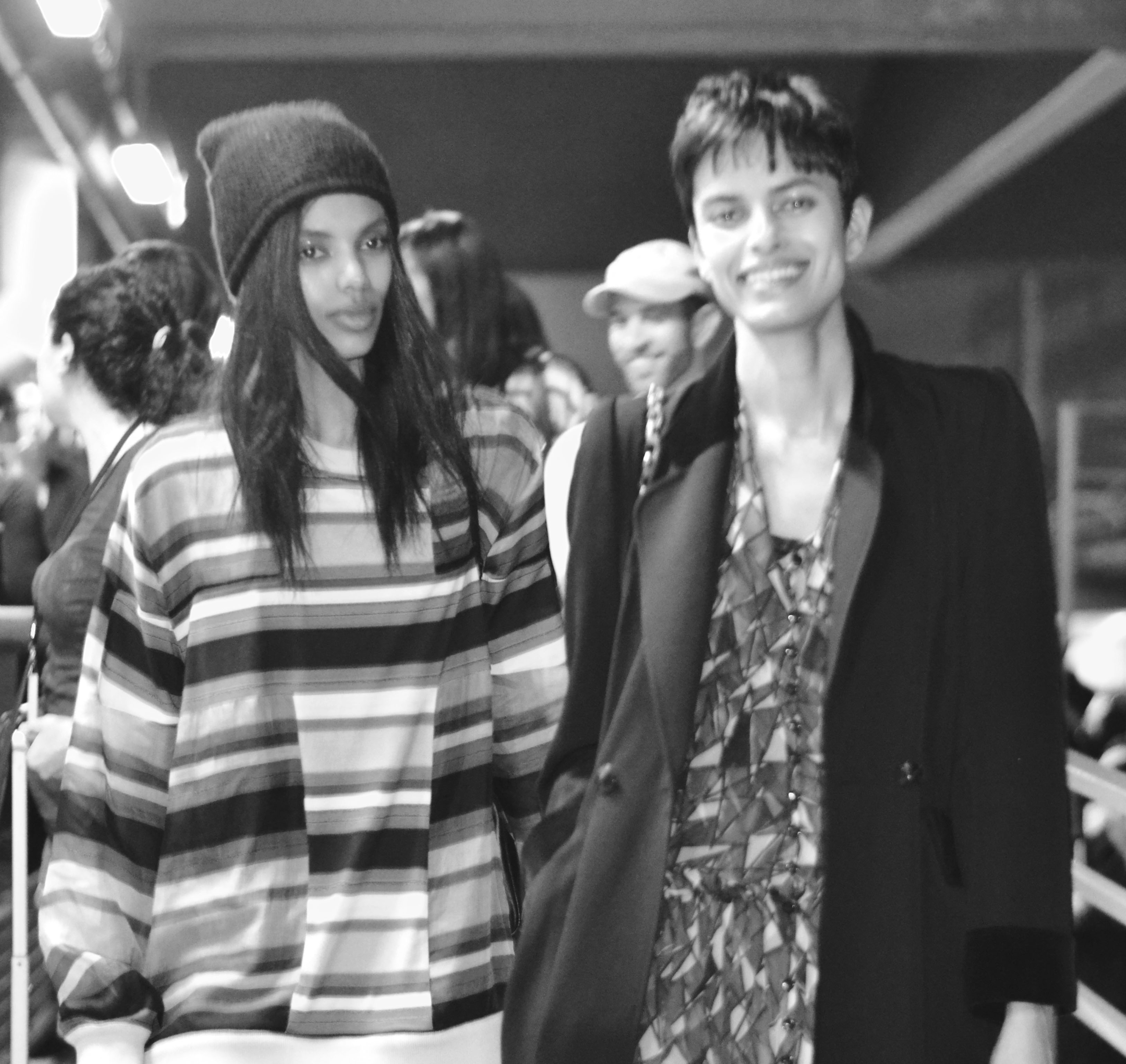The lights dimmed, and the first statuesque figure turned the corner around the massive purple sand dunes at the spring 2015 Prada show. There she was. After six long years since a runway appearance, and even after she allegedly quit modeling for good, Gemma Ward was back. Many could state that her appearance suggests a restoration of the days when models had recognizable names, faces, and personas. Sure, the era of the supermodel was long-gone by the time Ward and her contemporaries had peaked in the mid-2000s, but memorable, unique, and multifaceted beauty was still in. These days, that’s not the case.
Sure, some other notable industry icons walked the runways this season besides just Gemma Ward. Lara Stone made a rare runway appearance at Prada, too, as did Jessica Stam. Stam also popped up at Public School in New York, Mugler in Paris, and many more shows this season. Meanwhile, Naomi Campbell, Mariacarla Boscono, Natasha Poly, Jourdan Dunn, Karlie Kloss, and other established mannequins counteracted the larger trend of the “blank slate.” But aside from a handful of girls who embody what it means to be a model, this season’s casting was the saddest yet.
Is this really what the fashion industry is coming to? While the idea of a model being a “blank slate” was originally intended to place a higher emphasis on the clothes, all-white casts of – for lack of a better word – strikingly unattractive teenagers has become an even bigger distraction.
Of course, the biggest problem with the casting this season was the lack of diversity. It comes as a major shock that after a couple seasons of mild improvements, casts have been seemingly more whitewashed than ever before. The bad habits reared their ugly heads once again: one or two black models was the norm at most shows, with even less Asian models on the runways, and almost no models of South Asian, Middle Eastern, or Latina descent. Some even thought it would be okay to send all of their models of color down the runway at once.
Did we all forget about Bethann Hardison‘s amazing work in an attempt to diversify the runways less than a year ago? Hardison just received a CFDA award a few months ago for her efforts. Has that just been erased from everyone’s memory? The usual perpetrators were back at it this season. Casts appeared whiter than ever at Calvin Klein, Rodarte, Jil Sander, Céline, John Galliano, Dior, Proenza Schouler, and more. Meanwhile, Simon Porte Jacquemus deleted comments and blocked users on Instagram who criticized his all-white cast, stating offense because of his supposed obsession with women who look like his mother. Sorry, but the Oedipus Complex doesn’t qualify as a valid excuse for racist casting.
Even labels with typically diverse casts fell behind this season. Riccardo Tisci previously mentioned his advocacy of diversity on the runway, but at his latest show for Givenchy, that didn’t translate. Nor did Tom Ford’s penchant for a cast of multiethnic sex bombs; does Natalie Westling’s excruciating hobble really represent this label?
This issue poses an even bigger problem that people might not be conscious of. Again, models aren’t the household names that they once were, save Cara, Karlie, Gisele, and their contemporaries. But models are still everywhere. The girls that walk all of these shows will be the ones to snatch up the advertisements, and these large-scale visions of what is beautiful will perpetuate and even worsen the already twisted beauty standards around the globe. Why would a brand want to be seen as a bastion of white supremacy, represented by a hard-to-look-at 16-year-old nonetheless? And for the casting supposedly “based on socioeconomics,” why would you want to alienate yourself completely from certain groups?
On the bright side, there are still a few brands whose presentations should be commended. Of course, there’s always room to be improved in this department, but labels like Balmain, Burberry Prorsum, Diane von Furstenberg, and Rick Owens showed that it is possible to cast a more diverse range of models, while recognizable faces of all ethnic backgrounds don’t take away from the clothes. Meanwhile, relative newcomers like Malaika Firth, Issa Lish, Binx Walton, Bhumika Arora, Leila Nda, and Aya Jones provided a hopeful view of the multiethnic runways and memorable figures to come. The struggle towards diversifying the runway isn’t about all-black, all-Asian, or all-any other type of show. Instead, it shouldn’t be seen as some type of major surprise if a lineup consists of a proportionate amount of models from various ethnicities. There’s a time and a place for Harleth Kuusik, and there’s no reason why she can’t walk the runway alongside girls like Dylan Xue and Emely Montero.
Of course, there is so much more to this issue; we haven’t even touched menswear, and we could get way more in-depth from a sociological and historical framework. To the people getting annoyed by the incessant discussion of this topic in the fashion sphere: it’s just as annoying to have to keep bringing it up. This piece isn’t meant to call out a bunch of designers, cyber-bully models, or cause unnecessary Internet drama within the industry. None of the designers’ immense talent is in question, as even some of the most disappointing casts carried some insanely beautiful work. But it’s time to wake up. If calling out racist actions causes a stir, then maybe that’s what the industry needs. This isn’t the 1950s (not that racism was ever okay), and it’s time for the fashion industry to catch up to the rest of the world. And while this type of change won’t happen overnight, we could at least start seeing more unique beauties like in years past. Let’s hope that Gemma Ward’s return will usher in a resurgence of inspiring, immensely beautiful fashion models, and let’s hope that diversity comes along with it.
Tell us how you feel about the current climate of the modeling industry, and don’t hesitate to repost and share this article.

